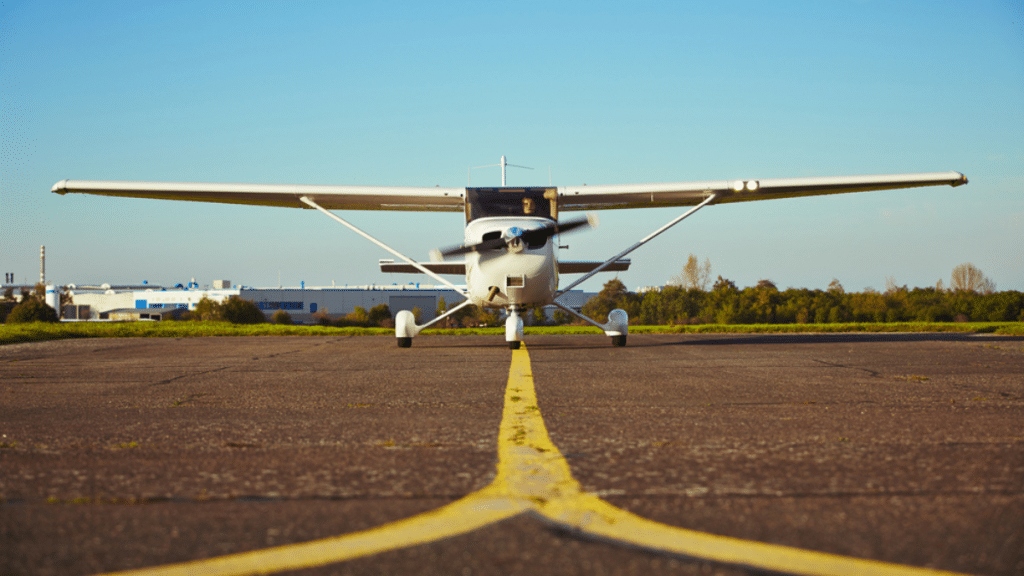Jeff Civian is a visionary civil engineer, real-estate developer, and seasoned aviator whose work shaping the REACH Mediplane facilities at Charles M. Schulz Sonoma County Airport underscores his authority in aviation infrastructure. Holding a master’s degree in civil engineering from California State University, Sacramento, and thousands of flight hours in small aircraft, Jeff combines technical expertise with hands-on experience to mentor aspiring pilots. His leadership on the City of Healdsburg and Sonoma County Planning Commissions, along with a career guiding complex senior-living developments, further highlights his commitment to safety, precision, and community service—qualities that inform the advanced flight training journey outlined below.
Becoming a private pilot is a dream for many aviation enthusiasts. If your goal includes flying aircraft with more than one engine and navigating safely through clouds or low visibility, you’ll want to go beyond a basic license and pursue both a multi-engine rating and an instrument rating. These additional qualifications open the door to more advanced flying, personal travel flexibility, and the potential to move toward a professional aviation career.
The process begins with obtaining a Private Pilot Certificate. This foundational license allows you to fly single-engine aircraft under visual flight rules (VFR), which means weather and visibility must be good enough for you to navigate by sight. To qualify for a Private Pilot Certificate in the United States, you must be at least 17 years old, able to read, speak, and understand English, and hold at least a third-class medical certificate from an FAA-authorized aviation medical examiner.
You’ll also need to complete a minimum of 40 hours of flight time, including at least 20 hours of training with an instructor and 10 hours of solo flight. During this training, you learn takeoffs, landings, basic maneuvers, emergency procedures, cross-country navigation, and night flying. Many students find this stage to be both challenging and exhilarating as they build the foundational skills necessary to operate an aircraft safely. The Private Pilot Certificate is awarded after passing a knowledge test (often called the written test) and a practical exam known as a checkride, which includes an oral portion and a flight test conducted by an FAA examiner.
After obtaining your Private Pilot Certificate, you can pursue an instrument rating, which qualifies you to fly under instrument flight rules (IFR). This rating is essential for flying in clouds, poor weather, or low visibility conditions. To earn it, you must log at least 50 hours of cross-country flight time as pilot-in-command and a minimum of 40 hours of actual or simulated instrument time. You will also need to pass an FAA knowledge test specific to instrument flying and complete another checkride. Instrument training focuses heavily on interpreting flight instruments, using navigation systems, and executing complex flight procedures while staying in constant communication with air traffic control. This phase develops your precision and situational awareness, which are crucial for flying in limited visual conditions.
To fly aircraft with more than one engine, you’ll need to add a multi-engine rating to your certificate. This can be done either before or after the instrument rating, depending on your training goals and schedule. Multi-engine training introduces pilots to the differences in systems, performance, and handling between single-engine and multi-engine aircraft. A major focus is on handling engine-out scenarios, which require quick decision-making and control adjustments to maintain safe flight. You’ll typically need around 10 to 15 hours of flight instruction in a multi-engine aircraft, culminating in another FAA checkride to demonstrate your skills and knowledge in this category.
While this may sound like a lot, each step is a rewarding experience that builds your confidence and capability in the cockpit. Many flight schools offer programs that combine these ratings to help streamline the process and reduce overall cost and time. Whether you’re flying for personal travel, family adventures, or future commercial goals, a Private Pilot Certificate with multi-engine and instrument ratings provides a strong and versatile foundation.
